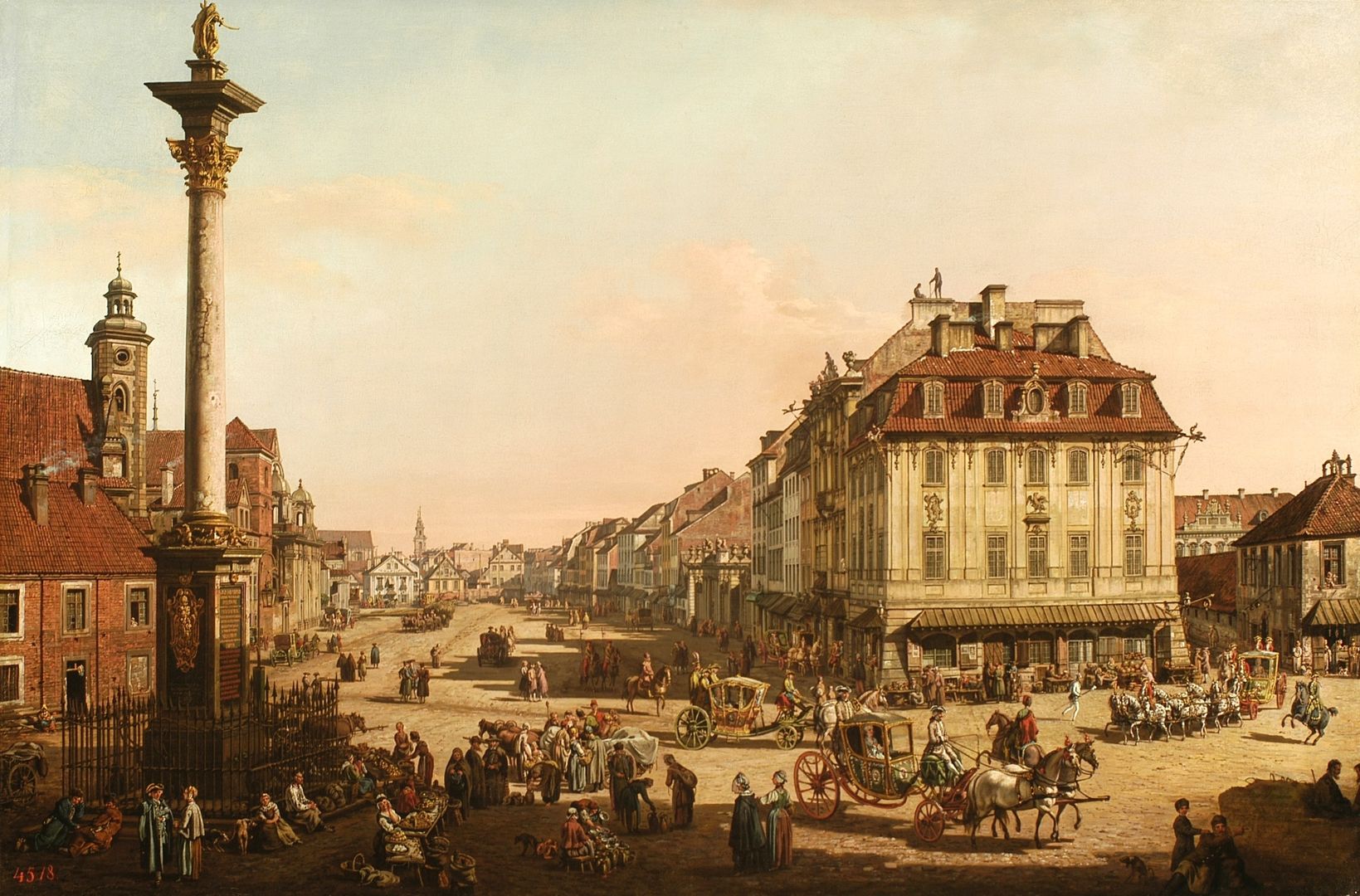Sigismund's Column
7.95

Overview
The Sigismund's Column, located in Castle Square in Warsaw, is the oldest secular monument in the capital and the first column in Europe commemorating a non-religious figure. Erected between 1643 and 1644 on the initiative of Władysław IV Vasa, it was designed by Augustyn Locci and Constantino Tencalla. The column was made of granite from the quarry in Czerwona Góra and adorned with gold. Standing 22 meters tall, the monument is richly decorated—its pedestal features four bronze plaques with inscriptions, and it is crowned with bronze eagles. It depicts King Sigismund III Vasa in armor, holding a saber and a cross. The column not only glorifies the Vasa dynasty but also reflects the power and religiosity of royal authority. The monument has undergone numerous renovations, including between 1885 and 1889, when the original column shaft was replaced with a granite one. Destroyed during World War II, it was rebuilt between 1948 and 1949, and its statue was re-erected on July 12, 1949. Designated a historical monument in 1965, the column is also a notable cultural attraction—it was described by Juliusz Słowacki in his poem "Uspokojenie" and has inspired artists such as the band The White Stripes. An interesting legend surrounds the king's saber: it is said that during times of danger, the king should lower it, and in good times, raise it. Thanks to its historical and architectural significance, as well as its many legends, the Sigismund's Column remains an important part of Warsaw's cultural identity.
Location
Tickets
Powered by GetYourGuide
2025 Wizytor | All Rights Reserved